Ceramic Insert Overview
Ceramic inserts are a cornerstone in modern machining, offering a unique combination of strength, hardness, and thermal resistance. These inserts are crafted from robust ceramic materials, making them suitable for a variety of metalworking tasks, including high-speed cutting and precision finishing. Ceramic turning inserts are particularly favored for their ability to maintain integrity under high temperatures, often encountered during intense machining operations.
Types and Applications
The versatility of ceramic inserts is reflected in their diverse types, such as CNMG ceramic inserts and WNGA ceramic inserts, each designed to meet specific machining needs. Applications range from ceramic inserts for hard turning to delicate grooving tasks, where precision is paramount. These inserts are not limited to turning but are also effective in milling, with ceramic milling inserts providing exceptional performance in sculpting and shaping metals.
Features and Materials
Ceramic inserts are composed of advanced ceramic materials, including silicon nitride and alumina, which contribute to their impressive hardness and wear resistance. Whisker ceramic inserts, for instance, are reinforced with silicon carbide whiskers to enhance their toughness, making them ideal for machining hard materials. The physical properties of these inserts allow for operations that would typically wear out conventional materials, such as ceramic inserts for hardened steel.
Advantages of Ceramic Inserts
The adoption of ceramic inserts in machining brings numerous advantages. Their ability to withstand high temperatures without losing hardness translates into longer tool life and consistent performance. This is particularly evident in ceramic grooving inserts and ceramic cutting inserts, which remain sharp and precise even after extended use. Additionally, the reduced need for frequent tool changes enhances overall machining efficiency.
Selection and Adaptability
Selecting the right ceramic insert is crucial for optimal machining results. The market offers a range of options, from NTK ceramic inserts to Kyocera ceramic inserts, each providing unique benefits. The adaptability of these tools is also noteworthy, with many designs allowing for quick adjustments in depth and location, simplifying the machining process and reducing downtime.
Conclusion
In conclusion, ceramic inserts stand as a testament to the advancements in machining technology. Whether it's for turning, milling, or grooving, these tools offer unparalleled durability and efficiency. As the industry continues to evolve, the role of ceramic inserts in achieving precise and cost-effective machining outcomes becomes increasingly significant.

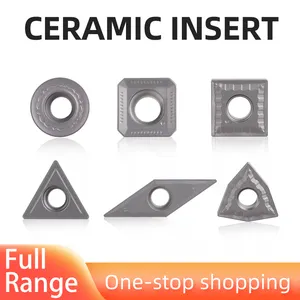


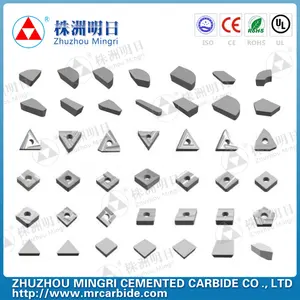


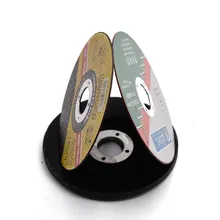

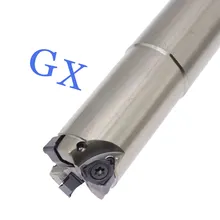
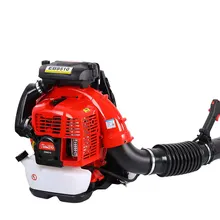
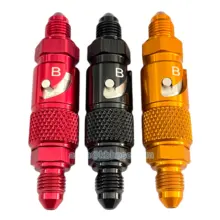
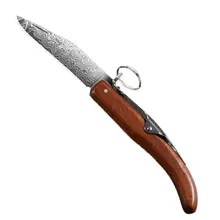

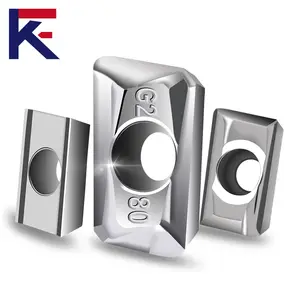



























 浙公网安备 33010002000092号
浙公网安备 33010002000092号 浙B2-20120091-4
浙B2-20120091-4